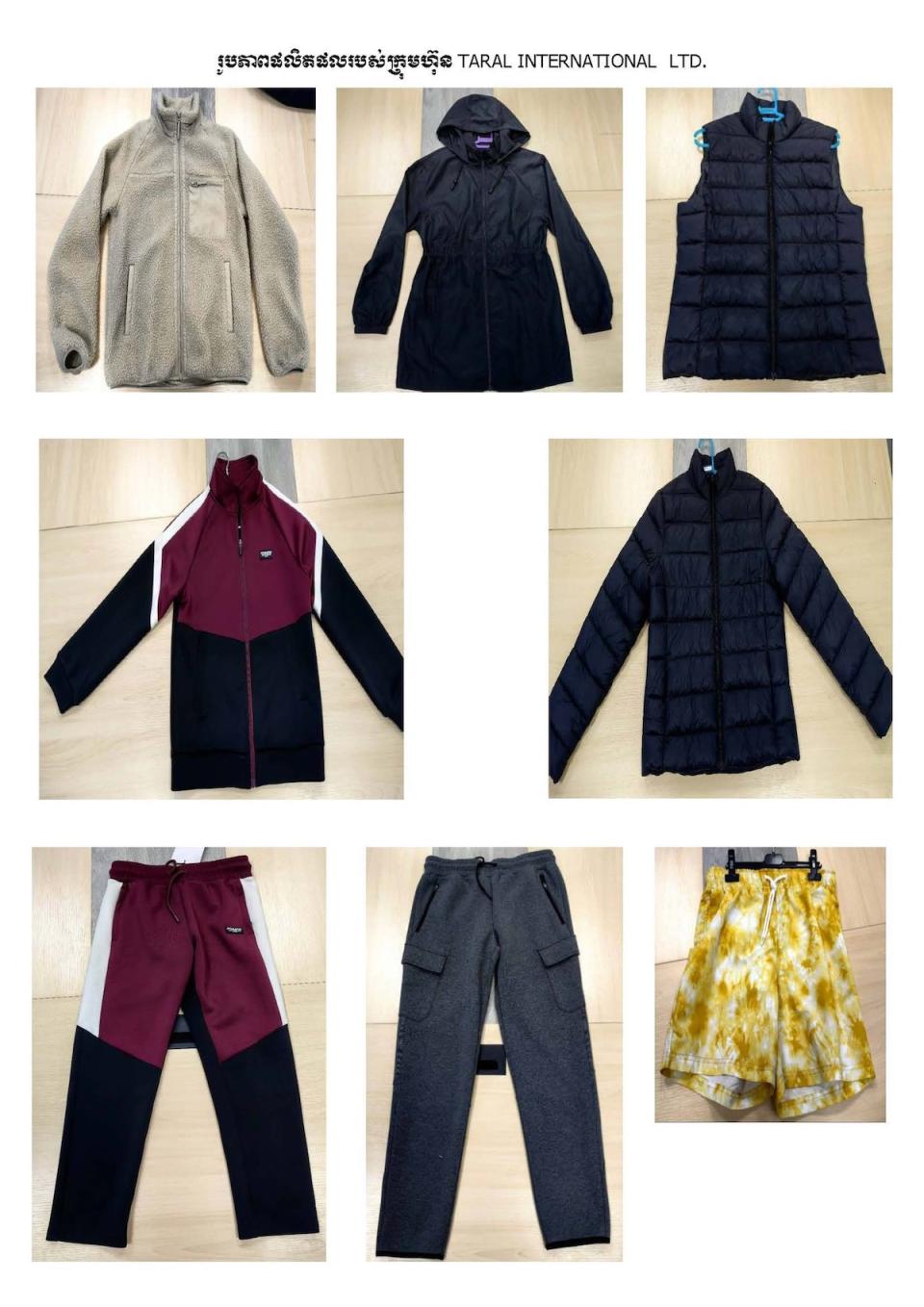Cambodia Approves Over $50 Million in Manufacturing Investments

Cambodia is attracting new garment manufacturing investments.
The Cambodia Investment Board (CIB), a division of the Council for the Development of Cambodia (CDC), has granted five companies with investment plan registration certificates, according to a CDC Facebook post. The firms—including four in the garment and accessories sector—will collectively invest approximately $52.2 million to set up factories throughout the country and create nearly 14,000 jobs.
More from Sourcing Journal
Gildan 'Devastated and Saddened' After Honduran Employee Deaths
Boss Denies Factory 'Hired Goons' Who Beat Bangladeshi Union Leader to Death
Taral International Co. got the green light to invest roughly $26.6 million into a garment factory in the Kong Pisey district of the Kampong Speu province that’s expected to generate over 6,700 jobs. Super Knitting (Cambodia) Co. was approved to build a factory making socks, gloves, knitted shirts and other garments in the Bati district of the Takeo province. With an investment of about $6.6 million, the factory can create over 3,000 jobs.

SSCA Garment Co. will invest $6.2 million into a sewing factory in the Koh Thom district in the Kandal province, expected to result in more than 1,100 employment opportunities. Foton Packaging Product Co. is set to launch a factory making handbags and accessories in the Koh Ondet district of the Takeo province via a $6.1 investment that should create roughly 1,300 jobs.
United Creation Optical (Cambodia) Co. plans to build an eyewear factory in the Samrong Tong district of the Kompong Speu province with an investment of approximately $6.7 million, expected to generate nearly 700 jobs.
The developments come as Cambodia’s garment sector has faced numerous factory closures and suspensions since the start of the Covid-19 pandemic, resulting in over 50,000 garment worker job losses, according to Radio Free Asia.
However, wages and conditions remain a concern for Cambodia’s factory workers, some of whom say the “work is just enough to live another day.”
The Southeast Asian nation’s $7 billion garment sector accounts for most of the country’s jobs, with over one million workers helping to export $6.6 million of goods in the first half of 2022. But those mostly female employees aren’t necessarily seeing the fruits of their labor. After “several rounds of negotiations” in the National Council on Minimum Wage (NCMW), the Cambodian government upped the minimum wage for the garment sector workforce to $200, effective at the start of this year, according to IndustriALL Global Union. It was only a $6 raise (or 3 percent) from the previous minimum of $194, which union workers said wasn’t good enough, considering the added inflation pressures.
“The new minimum wage is not good enough to cushion the rising cost of living,” Pav Sina, president of the Collective Union of Movement of Workers (CUMW), said at the time. “The government must take measures to control inflation so that workers can survive on their wages.”
And in 2015, Human Rights Watch interviewed 270 garment workers from 73 factories in Phnom Penh and nearby provinces, as well as union leaders, government representatives, labor rights activists and the Garment Manufacturers Association in Cambodia (GMAC) to document and identify labor rights concerns. Numerous examples of forced overtime, denial of sick leave, use of underage child labor and union-busting strategies were unearthed in the 146-page report. Earlier this year, however, the Cambodian government told representatives from the American Apparel & Footwear Association and VF Corp. that authorities are paying close attention to the concerns raised and is implementing new policies and procedures to better penalize forced labor violators.
But that hasn’t stopped the country from continuing to invest in garment-affiliated factories.
Last month, the CDC approved projects worth $15.5 million and anticipated to generate over 3,000 jobs. In April, the Cambodian government announced a $10 million investment package for garment factory Fitly Apparel and packaging factory WH Packaging, creating over 2,900 jobs. In 2021, the CDC approved eight projects with garment producers worth $71.4 million, creating more than 9,5000 apparel jobs. The year prior, 178 projects with an investment capital of $4.1 billion were greenlit by the government.

